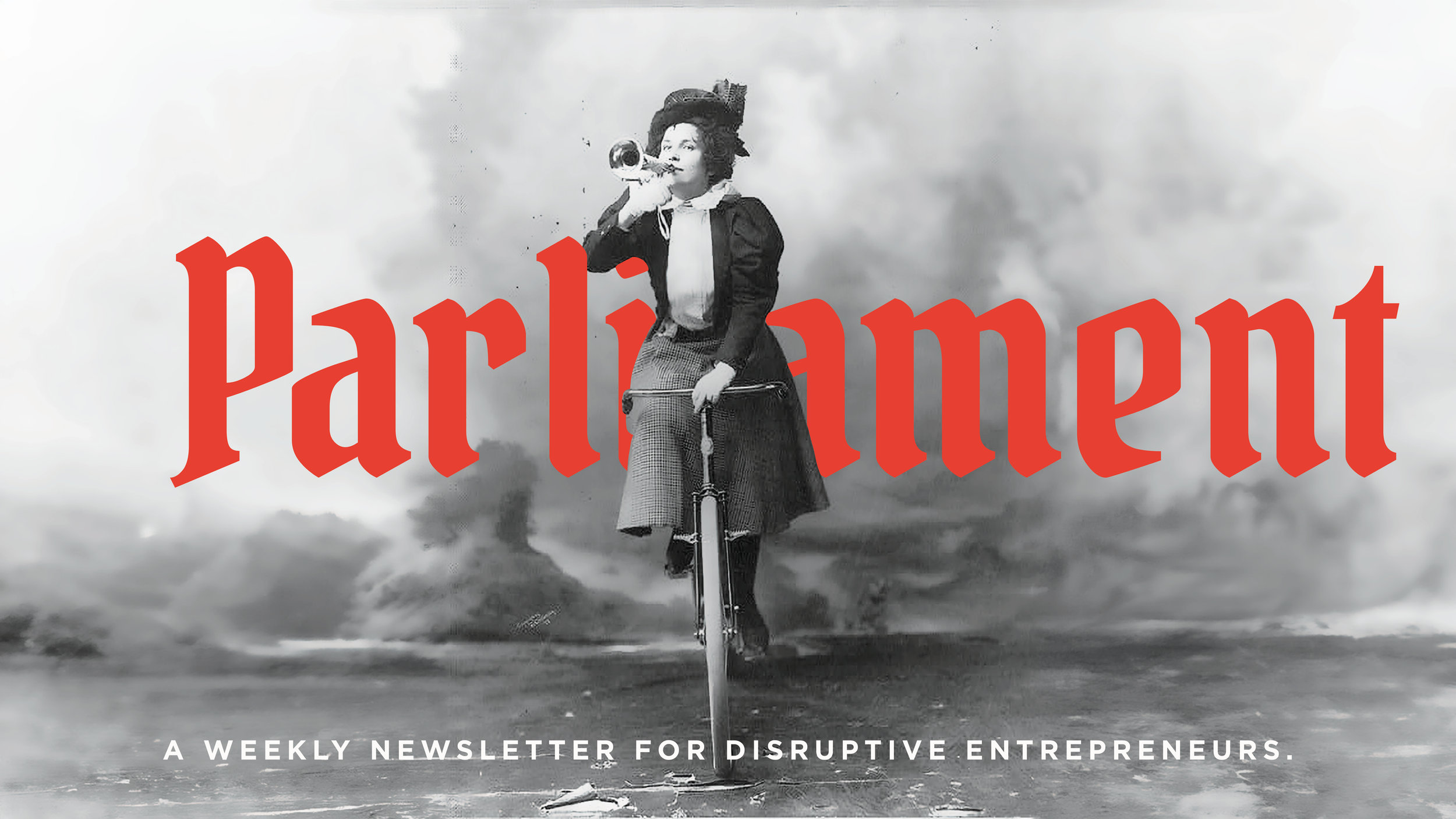Parliament | Decision Making Superpower
Founders waste hours agonizing over decisions that their brand strategy could solve in minutes.
At Hoot Design Company, we're not just talking about it—we're living it. And we're here to show you how your brand strategy isn't just for marketing; it's your operational North Star.
The Hidden Cost of Decision Paralysis
Brace yourself for some uncomfortable truths:
The average leader spends 37% of their time making decisions. (McKinsey, 2023)
65% of founders cite "decision fatigue" as a major source of burnout. (Startup Genome Project, 2022)
Companies with aligned decision frameworks respond to market changes 58% faster than those without. (Harvard Business Review, 2021)
This isn't just a statistic—it's a competitive disadvantage you can't afford.
Brand Strategy: Your Untapped Decision Framework
Your brand strategy isn't about pretty colors and clever taglines. It's the blueprint for every operational decision you'll ever make.
Here's what that looks like in action:
Last week, I faced a situation that perfectly illustrates this point. I needed to have a critical conversation with an employee. Our fractional operations consultant advised against it, noting there wasn't an "immediate problem" to address.
For many founders, this would trigger days of back-and-forth deliberation, sleepless nights, and productivity-killing uncertainty.
But for me? The decision was crystal clear within seconds. Why? Because our brand heart had already made it for me.
Our value of Candor ("I reveal myself to draw us closer") made it impossible to justify withholding important information. Our vision of creating "a world in which people can become their best selves through work" sealed the deal. Avoiding the conversation directly contradicted both pillars within our brand strategy.
Was implementing this decision easy? Hell no. But making the decision took seconds, not days.
The Brand Strategy Decision Matrix
When faced with any operational decision, run it through this filter:
Values Check: Does this option align with our core values? If not, it's an automatic no.
Vision Alignment: Does this move us closer to our vision of the future or further away? If it's the latter, why are we even considering it?
Purpose Fulfillment: Will this help us fulfill our purpose in the world? If it's a detour, it's a distraction.
Speed: The Ultimate Competitive Advantage
Here's the kicker that most founders miss: The greatest competitive advantage in business isn't just making the right decisions—it's making them quickly.
Consider this:
Companies that make decisions 2x faster generate 3x better results (Bain & Company)
In small businesses, decision velocity is more predictive of success than initial funding (Startup Genome Project)
89% of employees report higher job satisfaction when leadership makes decisive, values-aligned decisions (Deloitte)
Your Move
If you want to transform your brand strategy from a marketing document into your decision-making superpower:
Operationalize Your Values: Define exactly what each value looks like in action, just as we've done at Hoot.
Create Decision Filters: Develop specific questions based on your brand heart that every major decision must pass.
Teach Your Team: Ensure everyone understands how to use these filters in their daily work.
It's time to stop treating your brand strategy as just an external marketing tool and start leveraging it as the operational framework it was always meant to be.
Let's move our culture forward by making decisions that reflect who we truly are.
The Revolution Starts Now
What's one decision you're struggling with right now? Run it through your brand strategy filter and watch how quickly clarity emerges.
Share your experience with us—we're building a community of leaders who understand that brand isn't just what you say; it's how you decide.
This isn't just smart branding—it's revolutionary business.
Artwork by Nya McClain, article by Senior Art Director, Bri Thomas
Consistency Doesn't Mean Boring: Why brand consistency is about intention, not limitation
The Persistent Myth
"We need to be more creative, let's break away from the brand guidelines." "Brand consistency is holding us back." "Our guidelines are too restrictive for social media." "We need something fresh - let's ignore the system just this once."
These are the justifications used every time someone wants to prioritize short-term creative impulses over long-term brand building. But here's the thing: consistency isn't your enemy - it's your secret weapon.
The Reality Check
The most innovative brands in the world are also some of the most consistent. Think about:
Apple's product launches - always minimal, always powerful
Nike's advertising - decades of "Just Do It" finding fresh expressions
Coca-Cola - evolving within their brand world for over a century
Google - playful while maintaining clear system principles
These brands aren't consistent because they lack creativity. They're consistent because they understand that consistency creates recognition, and recognition builds trust.
The Freedom of Framework
Strong brand systems work like music – they're built on a fundamental structure that enables meaningful improvisation, not restricts it. Think of your brand guidelines as a musical scale: once you truly understand the rules, you can play with them in infinite ways while still creating something recognizable. The structure isn't limiting your creativity; it's giving it direction and purpose. When you have a clear framework, you don't waste energy wondering if something is "on brand" – instead, you can focus your creative energy on finding fresh, innovative ways to express your brand's core truth.
The best brand systems don't wall you in; they give you a foundation to build upon. They provide the tools and principles that enable teams to move quickly and confidently, ensuring that every expression of the brand adds to its equity rather than diluting it. It's about creating guardrails that focus innovation rather than barriers that prevent it.
What Actually Matters
Real brand consistency isn't about mindless repetition or rigid rule-following – it's about strategic intention and purposeful choice. It's understanding that every brand expression is either building or eroding brand equity, and making conscious decisions about how to move forward. True consistency comes from having a deep understanding of your brand's core principles and using that understanding to guide evolution, not prevent it.
This means looking beyond surface-level consistency like colors and logos to ensure you're creating coherent experiences that build meaningful recognition over time. It's about understanding that your brand isn't just a set of visual rules – it's a tool for creating lasting impressions and building trust with your audience. When you approach consistency from this perspective, it becomes less about what you can't do and more about how you can use your brand's established equity to create more powerful work.
The Bottom Line
Remember: The most powerful creative work doesn't come from ignoring your brand - it comes from understanding it deeply enough to push it forward with purpose.


